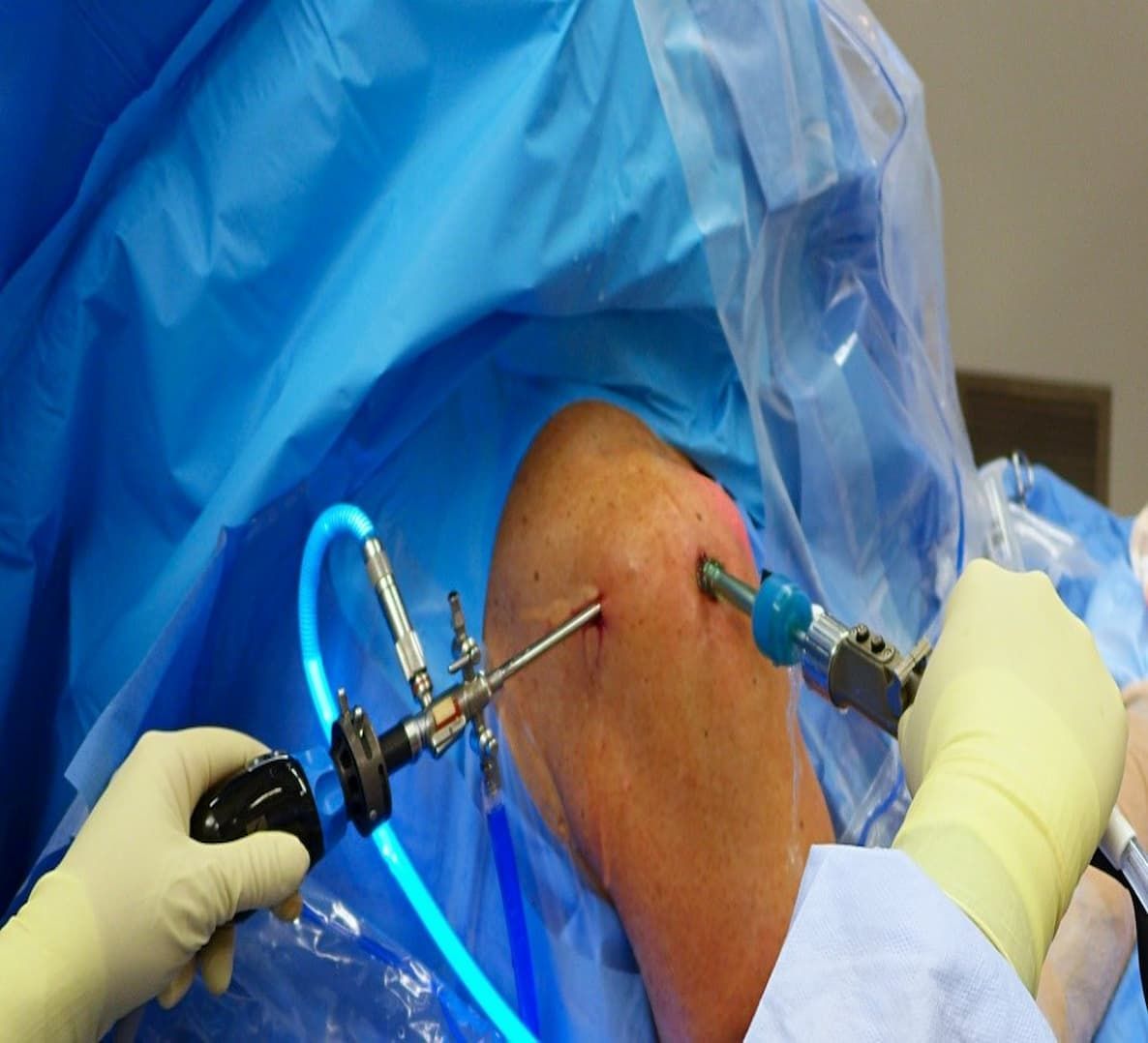Understanding Shoulder Labral Repair
Your surgeon could suggest shoulder labral repair surgery if you have a labrum tear in your shoulder. A labrum tear, the cartilage ring that protects the shoulder socket, can lead to shoulder pain, rigidity, and a restricted range of motion.
A labral tear in the shoulder joint is treated surgically with a shoulder labral repair. The shoulder socket's rim is lined with a portion of fibrocartilage called the labrum, which stabilizes the joint. The shoulder may experience pain, numbness, and instability if the labrum is damaged.
Reattaching the damaged labrum to the shoulder socket after surgery entails utilizing sutures or anchors. Depending on the size and location of the tear, arthroscopic or open surgical procedures may be used.
Labrum debridement
Using a tiny shaver or a surgical scissor, the injured labrum tissue is cut out during this surgery. To avoid additional damage, the healthy tissue that is still present is smoothed out.
Labrum reattachment
During this treatment, tiny anchors and sutures are used to reconnect the torn labrum to the glenoid. To reach the labrum, the surgeon will make a few small incisions around the shoulder. After reattaching the torn labrum to the bone with the help of specialized equipment. Compared to labrum debridement, this technique is more intrusive but may be more successful in healing the labrum and halting additional deterioration.
Do you want to make sure you are seeing a skilled surgeon?
We're here to assist you in making informed decisions about your surgeons.


